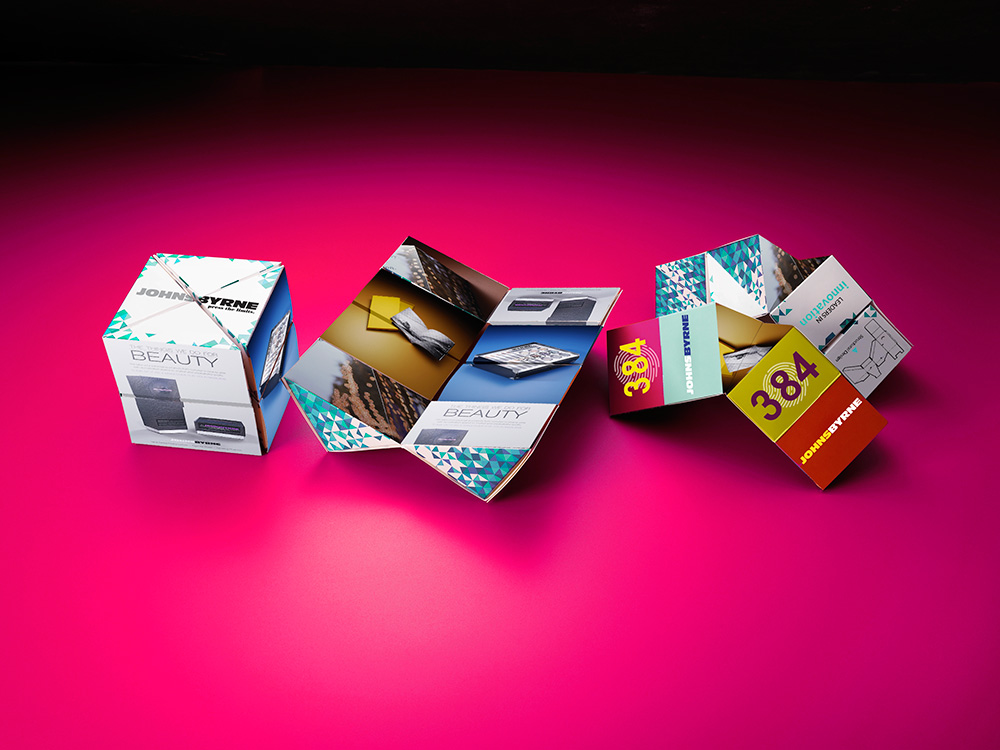
Everything has a life cycle and this includes packaging. From the first inception of the packaging design to the moment it is opened by the consumer, every step matters. There are five separate stages that packaging goes through and each of these presents its own unique challenges. A brand’s packaging can be divided into five separate stages:
- manufacturing
- fulfillment
- transportation
- shelf life
- user experience
How do each of these stages matter and what should a brand consider during each of these steps? What impact does this have on the final product?
1. The Manufacturing Process
The first step in the packaging process is the manufacturing of that packaging. The manufacturing process needs to be considered when thinking about the design of the packaging. Some of the factors that will impact the manufacturing process include:
- The material or substrate of the packaging
- The cost of these materials
- Where the packaging is going to be manufactured
- The time it will take to manufacture the packaging
- Whether automation or hand assembly will be utilized
When thinking about the design of the packaging, all of these factors need to be considered. They will impact not only the manufacturing process but also the overall cost of the product and your timeline.
2. The Filling & Assembling Process
After the manufacturing process is completed, the packaging needs to be filled and assembled. This can take many forms depending on the nature of the product. Some of the examples include:
- Is the package a simple box inside of which the product will sit?
- Does the packaging require a separate tray or insert to encompass the product?
- Is assembly and filling automated or manual?
These are only a few of the many points that need to be considered during the filling and assembly process. Both the product and packaging have to be protected while expediting the process.
3. The Transportation of the Product
Once the packaging has been fulfilled, the product will be transported to wherever it is being sold. It is imperative for the product to be protected during this important step. Whether it is being moved by land, sea, or air, steps need to be taken to protect the integrity of the product. This needs to be incorporated into the design of the packaging. Consider the transportation of the product and take steps to protect it. In addition to protecting the packaging and final product, it’s important to note that packaging efficiency is also important when it comes to logistics. Well thought-out packaging means more efficiency in transportation which can reduce costs.
4. The Shelf Life
Shelf life is yet another area to consider when designing a packaging design. While we’re mostly familiar with shelf life in terms of perishable items, shelf life also represents how well the product will appear on the shelf. From tamper protection to fragility, these have to be considered well in advance. A design that is too intricate and fragile might easily damage on a store shelf or on display, making it unattractive to consumers.
5. The User Experience
The last step in the packaging process is the experience of the user. Industry-leading brands know this and value this part of the packaging process significantly. They understand that packaging is a vehicle for communicating with the customer. In addition to protecting the product, packaging should create an experience for the consumer. It should tell a story and build the customer’s loyalty. This alone, provides a solid return on the brand’s marketing investment.
Considering the Packaging Carefully
In order for a brand’s packaging be successful in the marketplace, it be well thought-out and for each of the different stages of packaging development. Each stage must be considered carefully. With this goal in mind, it is crucial for every brand to enlist the help of trained professionals. At JohnsByrne, we have extensive experience in helping countless brands achieve their end goal when it comes to packaging. Contact us today to learn how we can guide you and your brand through each of these stages.

Related Posts
When planning to bring a new product to market, the packaging is critical in consumer response. Not only should the product be presented with outstanding … Packaging Choices: Rigid Boxes vs Folding Cartons
Unique packaging is hard to come by. With so many products competing for attention on the shelf, achieving uniqueness is almost impossible. Whether it’s launching … Unique Packaging Designs
With the holidays in full swing, we’re excited to bring back our annual 12 Days of JB Faves! Once again, we have an array of … ‘12 Days of JohnsByrne Faves’ 2023 Holiday Packaging
